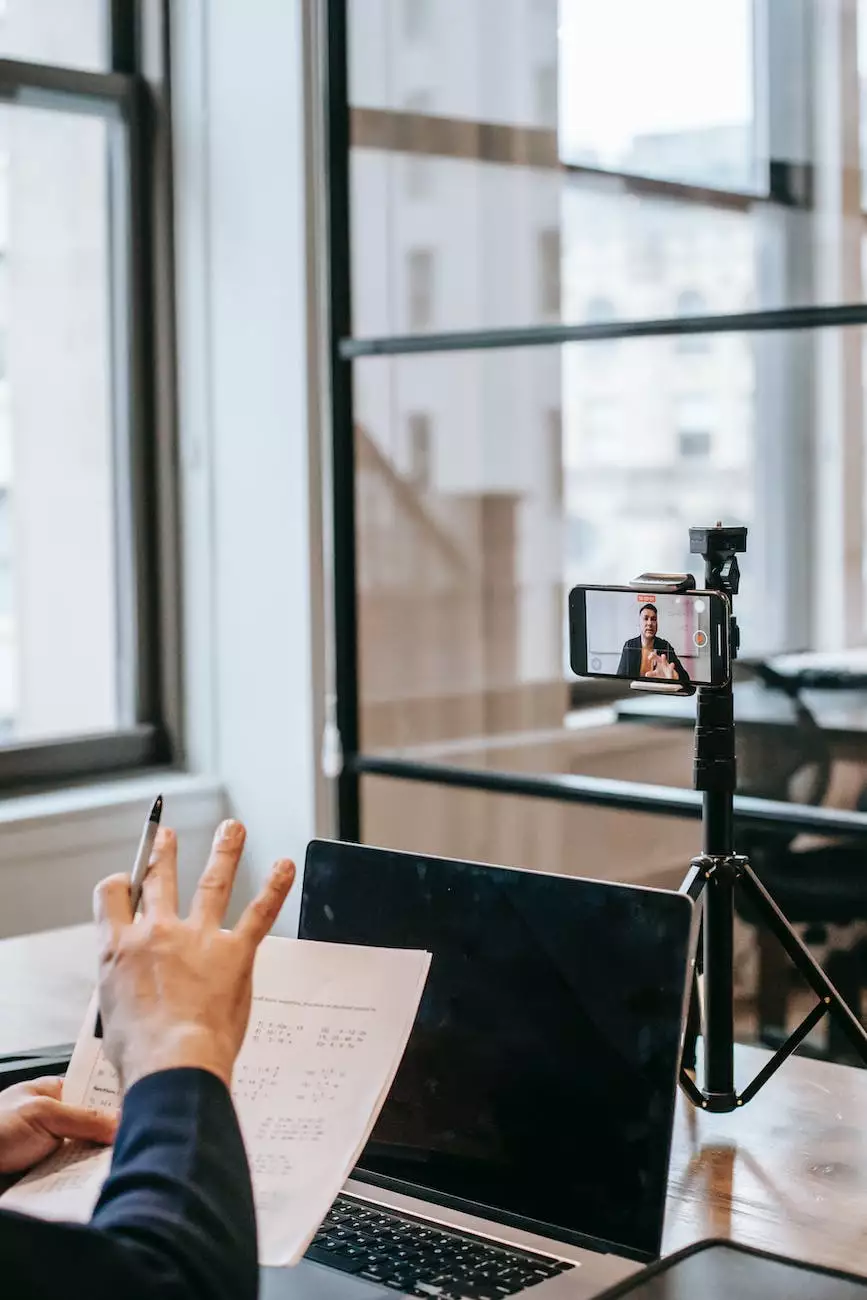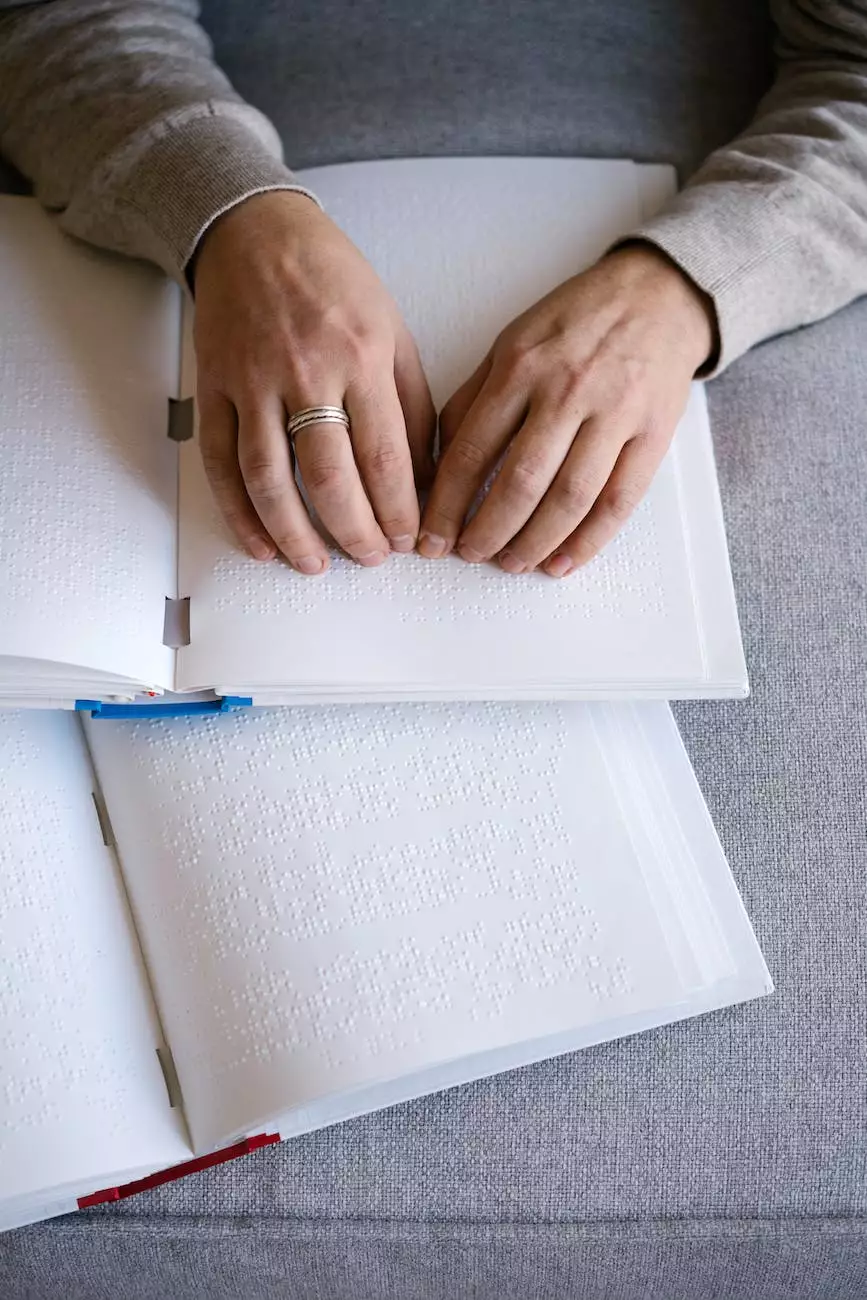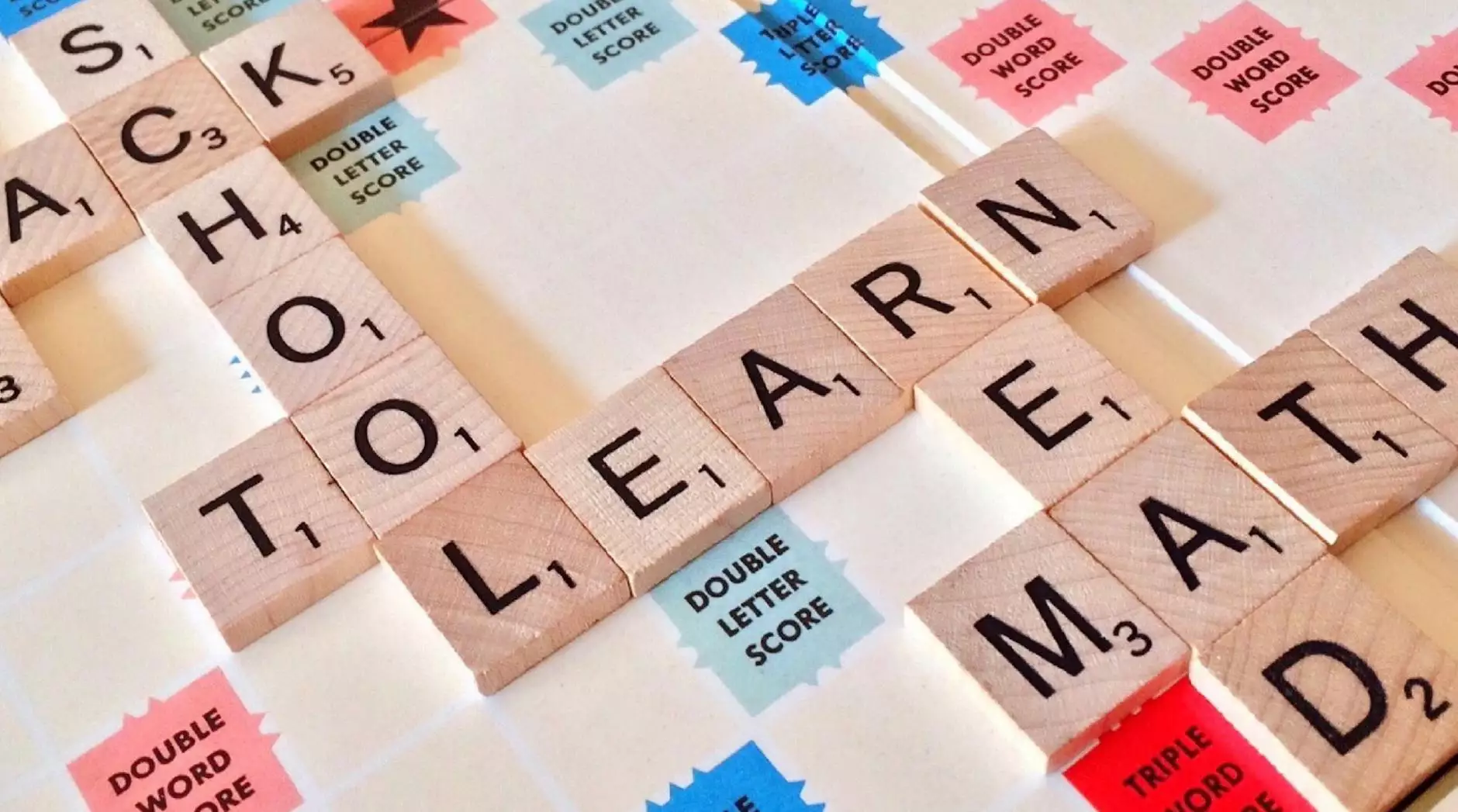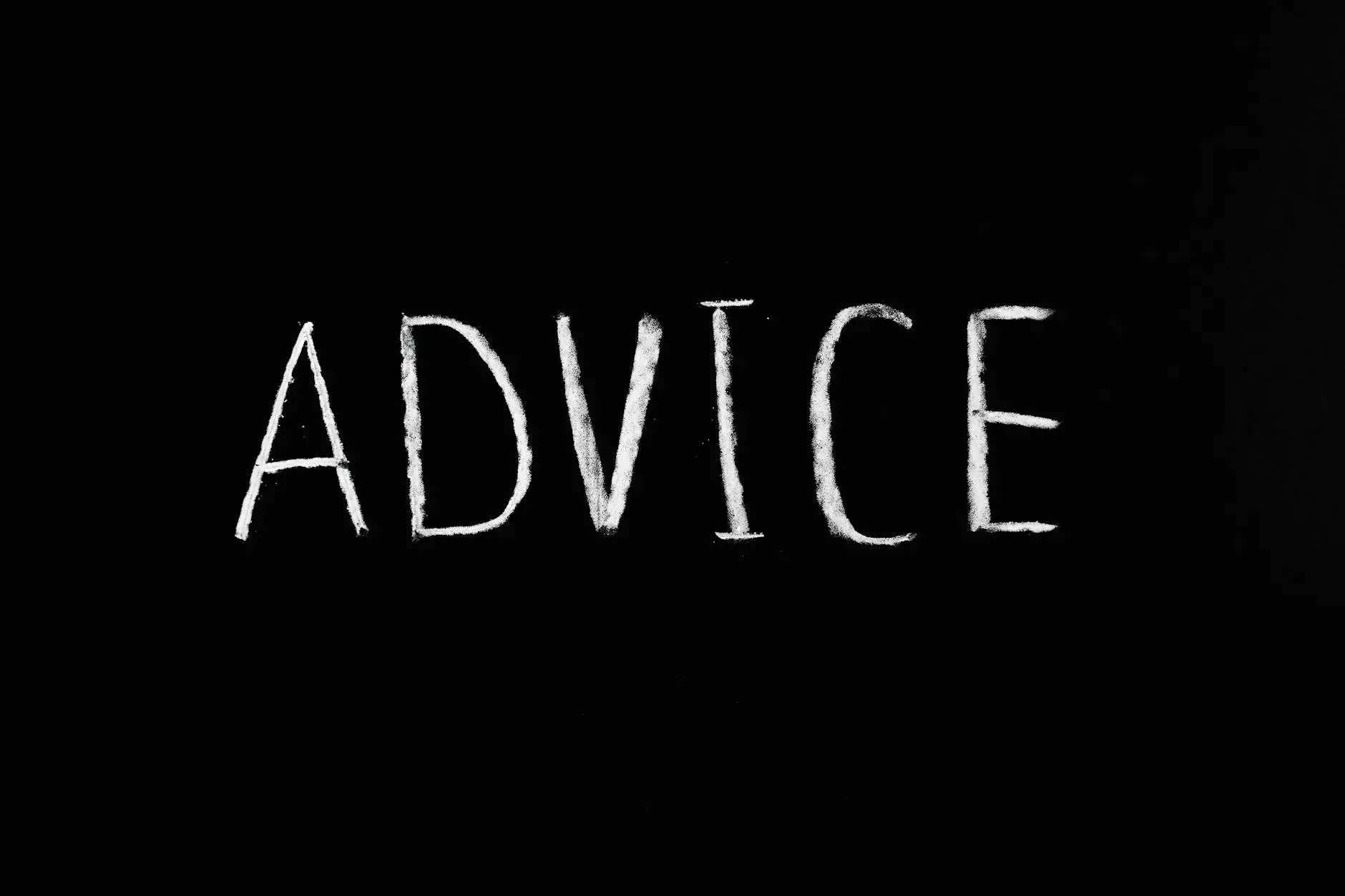Learn About UDL | Definition

Introduction to UDL
Welcome to the "Learn About UDL | Definition" page at Fountain of Hope! As a dedicated community that promotes inclusive education and empowers learners of all abilities, we believe in the power of Universal Design for Learning (UDL). In this comprehensive guide, we will delve into the true meaning and definition of UDL, its principles, and how it can revolutionize teaching practices.
The Meaning of UDL
Universal Design for Learning (UDL) is an educational framework that provides a flexible approach to teaching and learning, ensuring that all students can access and participate in the classroom. UDL focuses on removing barriers to learning by offering multiple means of representation, action, and expression. By embracing UDL, educators can create inclusive learning environments that cater to diverse learner needs.
Understanding UDL Principles
UDL operates based on three core principles:
- Multiple Means of Representation: This principle emphasizes the importance of presenting information in various formats to accommodate diverse learning styles and preferences. By offering multiple ways to access and understand content, educators can engage students with different abilities.
- Multiple Means of Action and Expression: UDL encourages educators to provide flexible options for students to demonstrate their knowledge and skills. By offering various means for action and expression, such as through verbal, written, or visual methods, students can showcase their understanding in ways that suit their strengths.
- Multiple Means of Engagement: UDL promotes creating meaningful, motivational, and culturally relevant learning experiences. By offering choices and fostering interest in the subject matter, educators can enhance student engagement and promote a love for learning.
Integrating UDL in Teaching
The application of UDL principles can significantly transform teaching practices and benefit learners of all abilities:
1. Creating Accessible Learning Materials
By incorporating a variety of formats (text, audio, video) and providing alternative representations, educators can ensure that all students can access and understand the content. This includes using captions and transcripts for videos, providing text-to-speech options, and offering materials in multiple languages.
2. Fostering Collaboration and Differentiated Instruction
UDL encourages educators to embrace collaborative learning and differentiate instruction to meet diverse student needs. Group activities, project-based learning, and peer tutoring promote a sense of inclusiveness and provide opportunities for students to learn from one another.
3. Using Assistive Technology
Technology can play a crucial role in implementing UDL. By utilizing assistive tools such as screen readers, speech-to-text software, and adaptive devices, educators can remove barriers to learning and promote equal participation in the classroom.
4. Providing Flexibility in Assessments
UDL encourages educators to offer diverse assessment options that cater to different learning styles and abilities. This includes allowing students to choose between written or oral exams, projects, presentations, portfolios, or multimedia assignments. By offering flexible assessments, educators can better evaluate student understanding and growth.
Join the UDL Community at Fountain of Hope
At Fountain of Hope, we are passionate about promoting UDL and creating inclusive learning environments. Join our community today, and together, let's empower learners of all abilities and transform education through Universal Design for Learning. Contact us to learn more or explore our website for additional resources and insights.










